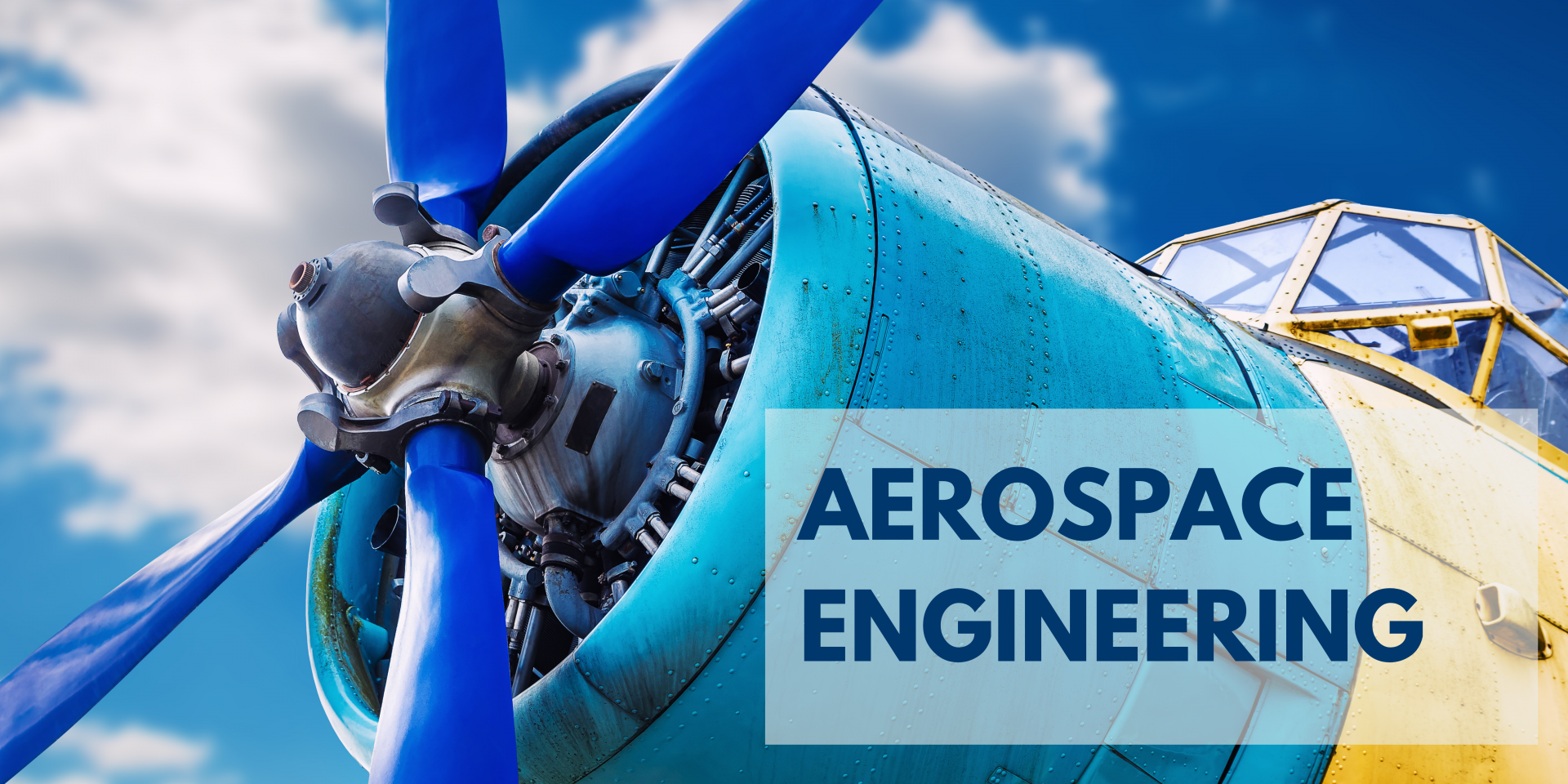Aerospace Engineering considers the flight characteristics, performance, and design of aircraft and spacecraft. An upper-division series of courses in aerodynamics, propulsion, structures, and control follows a common core with Mechanical Engineering. The skills acquired in those courses are integrated in the capstone aerospace design course. The intent of the program is to produce highly proficient engineers who can tackle the aerospace engineering challenges of the future.
Students interested in changing their major to Aerospace Engineering: We cannot guarantee a 4-year graduation plan due to impacted courses. Please expect to be placed on a 5-year plan. Please note that many MAE engineering courses are offered during the summer and open for all students to enroll.
Technical Elective Requirements
Students select a minimum of 12 units of technical electives. For students majoring in both Aerospace Engineering and Mechanical Engineering, a core course in one major cannot be counted as a technical elective in the other major. Any upper-division course in the department not used for the degree may be used as a technical elective. At least 4 units of technical electives must come from ENGRMAE upper-division courses, and no more than 4 units of the technical electives should come from ENGRMAE 188, ENGRMAE 189, and ENGRMAE 199. With the approval of the Undergraduate Advisor, students may choose from other departments’ upper-division courses that have primarily technical content. Electives may be selected from the following:
| ENGRMAE 100-199 | ENGR 7A + ENGR 7B | ENGRCEE 125 |
| ENGRCEE 160 | ENGRCEE 165 | EECS 152A |
| EECS 152B | MSE 190 | BME 111 |
| BME 120 | BME 121 | STATS 67 |
| COMPSCI 131 | MATH 112A | MATH 112B |
| MATH 112C | PHYSICS 111A | PHYSICS 111B |
| PHYSICS 112A | PHYSICS 112B |
Senior Design Courses
ENGRMAE 158 Fall Quarter- Aircraft Performance
- Study flight theory for subsonic propellor and jet aircraft.
- Learn of the nature of aerodynamic forces, lift and drag of wing/fuselage, high-lift devices, level-flight performance, climb and glide performance, range, endurance, take-off and landing distances, static and dynamic stability and control..
- Final project will be a drag calculator project. It will involve a Matlab coding task and SolidWorks task based on the aircraft performance topics learned in class. Needs to be capable of creating plots for induced, parasitic and total drag from a unique set of aircraft parameters given.
ENGRMAE 159 Winter Quarter- Aircraft Design
- The intent of the course is to present and experience the basic concepts of an engineering design study as they apply to the airplane. Primary focus is on design, not method development. Each student will function as the Chief Design Engineer for their company to define the best airplane.
- Course involves 2 phases: Airplane Sizing and Configuration/Layout of Aircraft
- Course deliverables include a MATLAB code capable of computing variables such as direct operating cost, takeoff weight, range with/without payload given a set of aircraft parameters. It will involve debugging and improving the code over the course of 10 weeks. SolidWorks design is also required with a final deliverable of 3-D CAD drawings of the designed plane including the wings, fuselage, landing gear, engines, etc.
- Prerequisite- ENGRMAE 158
Sample Program PDF
The sample template below is to help you create your own 4-year plan. Please note some courses may get full and when that happens you will have to adjust your schedule accordingly. You are welcome to speak to an advisor if this happens or if you have questions about moving classes around.
Program Faculty Advisor
Prof. Jacquie Huynh
huynhlj@uci.edu
Academic Counselor
Maggie Anderson
mhanders@uci.edu
Aerospace Engineering is a major within the Mechanical & Aerospace (MAE) Engineering Department


